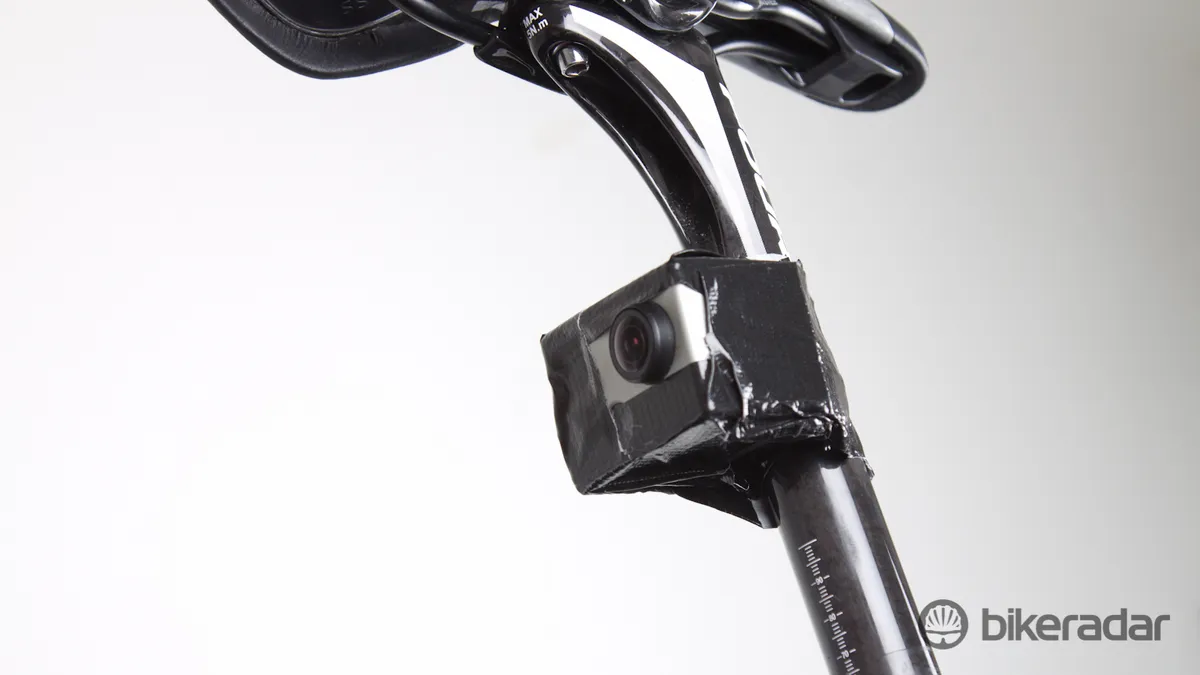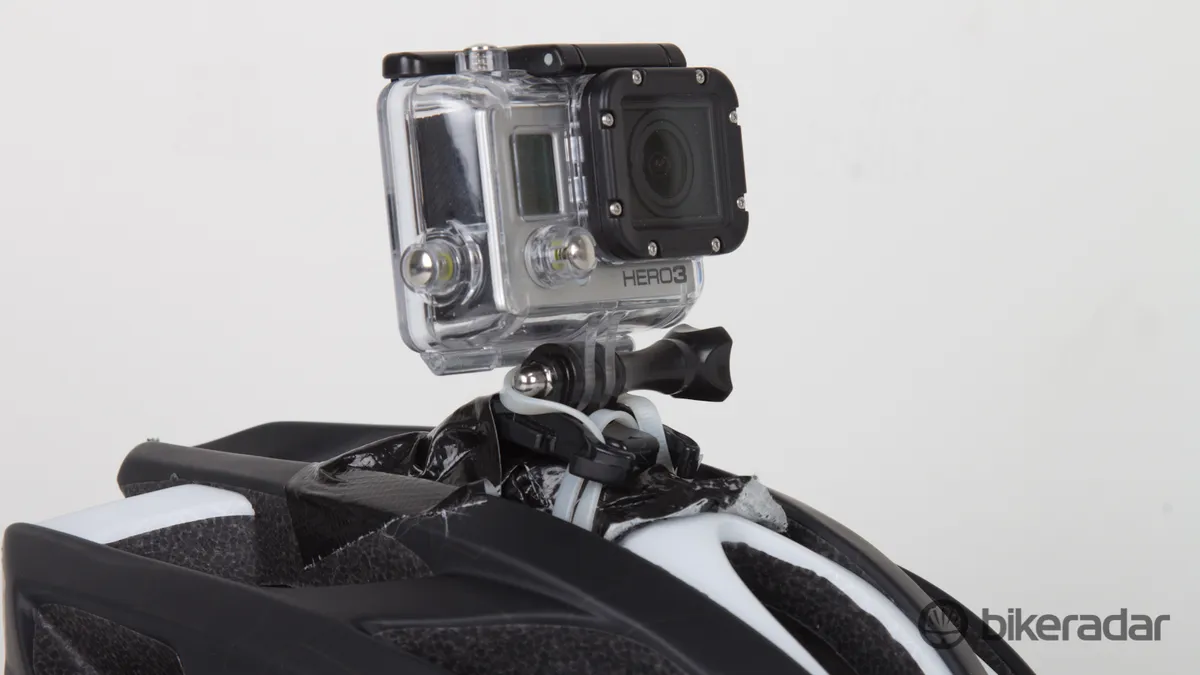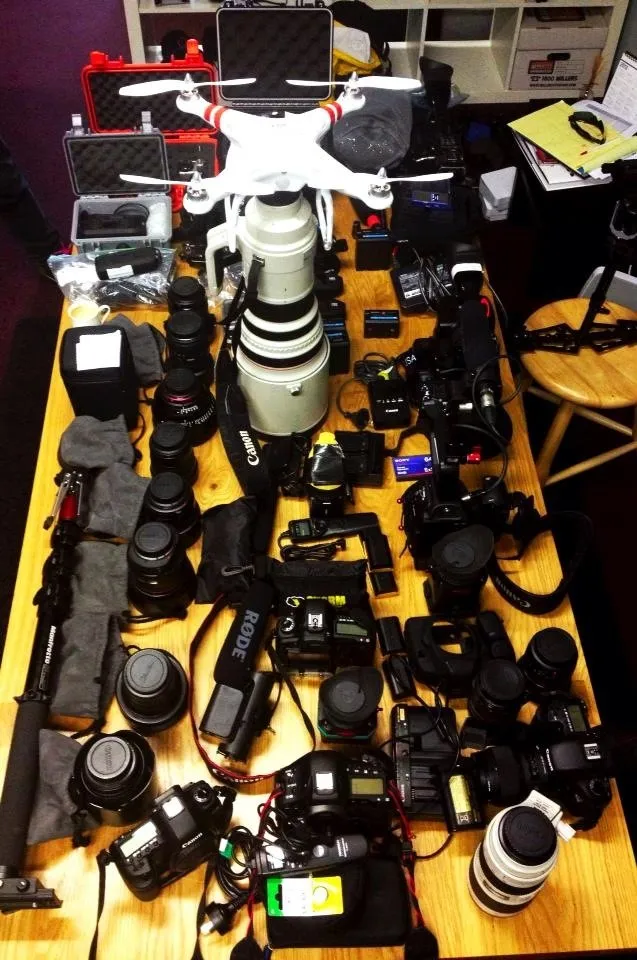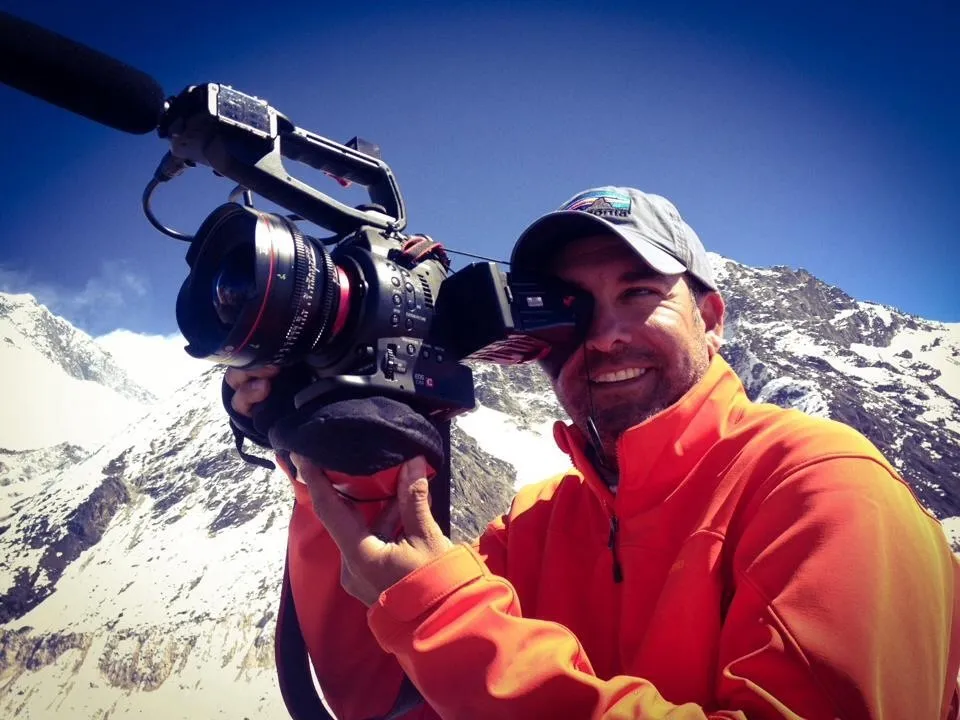The popularity of action cameras such as the GoPro has given both amateur and professional riders a chance to film and show off their riding efforts and achievements more easily. But just like still cameras, the way they are used is more important for getting great results than the device itself.
BikeRadar met Anthony Gordon of Nothin But Shorts International, to get a few tips on how to get the most out of an action camera. Gordon is known for his TV show Wild Racers, and was also one of the first to use bike-mounted GoPros in a UCI-sanctioned event (Japan Cup 2013).
If you're an action camera user and are looking for ways to boost your production quality, read on for Gordon's top tips on how to do so.
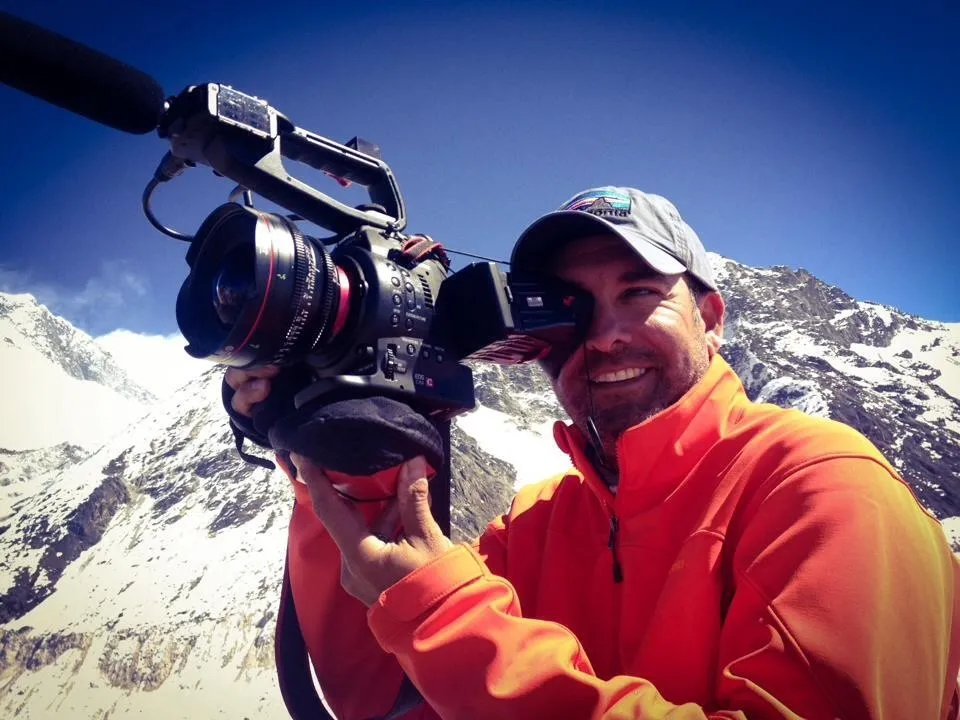
Anthony Gordon has seen much of the world from behind a camera lens
Tape and tie it
The fancy (and expensive) mounts are great, but simple old cloth tape and cable ties do the trick, and in many instances allow for far more mounting options. They also offer great vibration dampening if built around a mould of tape.
3 is the magic number
Get the GoPro 3 rather than the 3+. The 3 is nearly identical to 3+ in functionality - save your money and put it towards accessories that will make a difference.
Take charge
If you’re planning to go somewhere for multiple days, get a car charger and multiple batteries so you don't run out of power.
Set up right
For the GoPro Hero 3, stick with 1,080px (HD) and either 25fps, or 50fps for slow motion – but bear in mind the 50fps needs to be converted in order to view as slow motion. GoPro claims its cameras have 4k capability but it is only 15fps and not very usable. When mounting the camera on a bike, use the wide setting, or the super wide setting if you have a 3+, although note that there is quality loss with the super wide setting.
Stick it
Get spare sticky mounts because once they are stuck down they are there forever. Also keep that in mind if you’re mounting on a nice new bike or helmet.
Show your cards
The GoPro uses a Micro SD card - it's best to stick with a max of 32gb as the larger ones can cause reliability issues after long periods of time. Get multiple 32gb cards (or smaller) instead and keep your data safe.
Light to bright
A cheap ND (Neutral Density) filter for the front lens is a great addition. In extremely bright conditions, an ND filter will help slow down the camera shutter speed for smoother footage, and will help reduce banding on the footage. The better ones fit over the outside of the camera lens.
Get creative
Use simple tools to get better angles as opposed to the expensive accessories. For example, tape the camera onto the end of a broom or long PVC pipe, or cable tie it onto a glove. When mounting onto a bike, use areas with least vibration such as the seat post or under the handlebars.
What to avoid
The add-on LCD back screens are a quick drain to the battery. With the field of view so big anyway, the lens will capture nearly everything in front of it.
Sound advice
While GoPro audio isn’t an option when in its waterproof housing, the out of housing sound quality leaves plenty to be desired. If you’re chasing some sound, angle the camera with the wind, as otherwise that wind noise will just sound like static. Taping external mics to the unit is an option, but far from ideal. Another option is Sena’s Bluetooth Audio pack – either way, good sound comes at a price.
Edit for credit
Make sure you have enough hard drive space, HD footage mounts up very quickly. There is no need for a separate card reader, just connect the camera with the supplied cable. Depending on your edit software you may need to conform the footage to go with other footage - a great piece of software for this is MPEG Streamclip.
Note: The following tips are the opinion of Anthony Gordon, and not necessarily that of BikeRadar.
